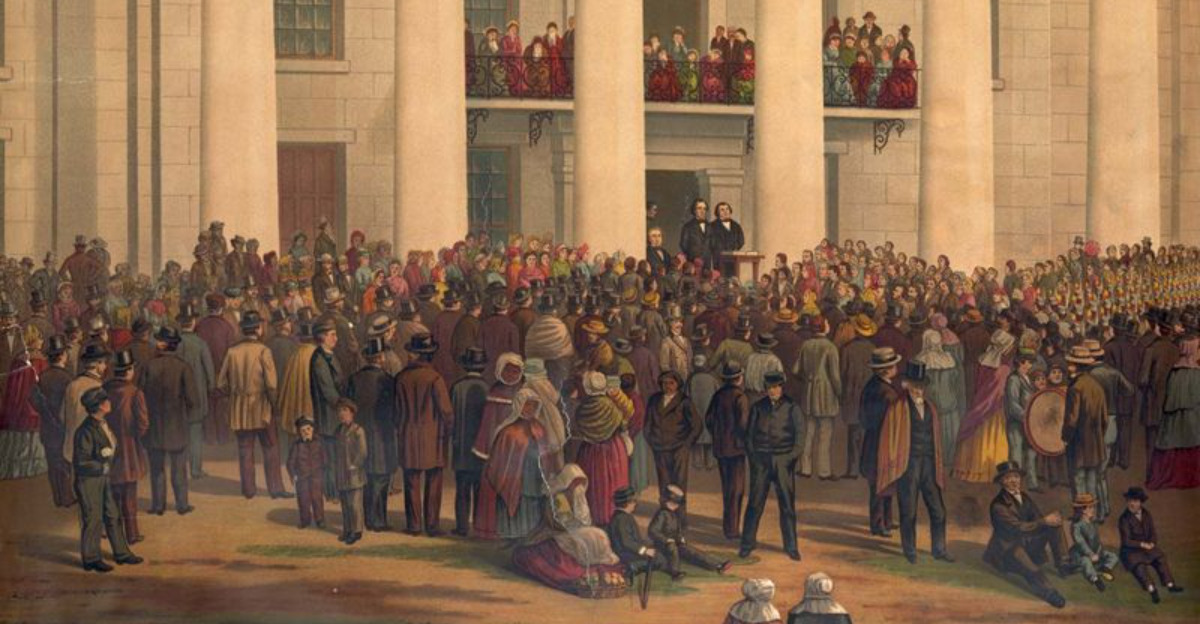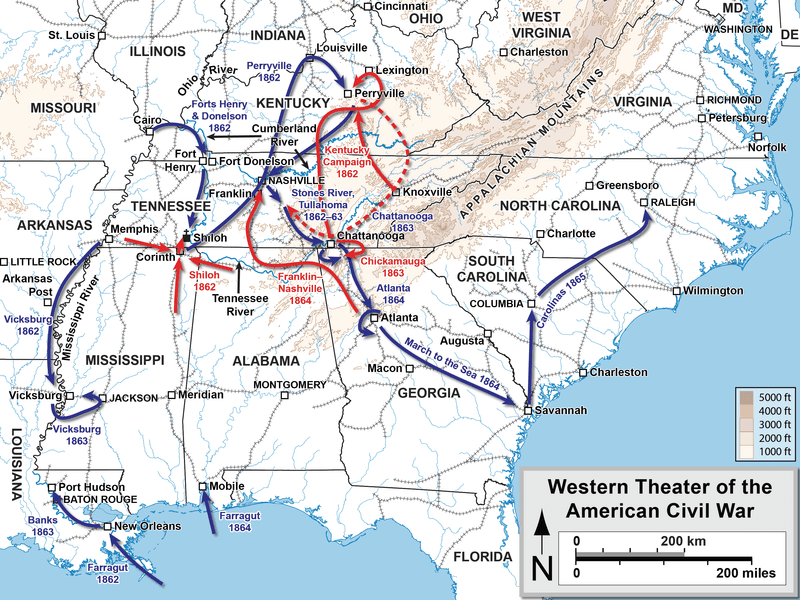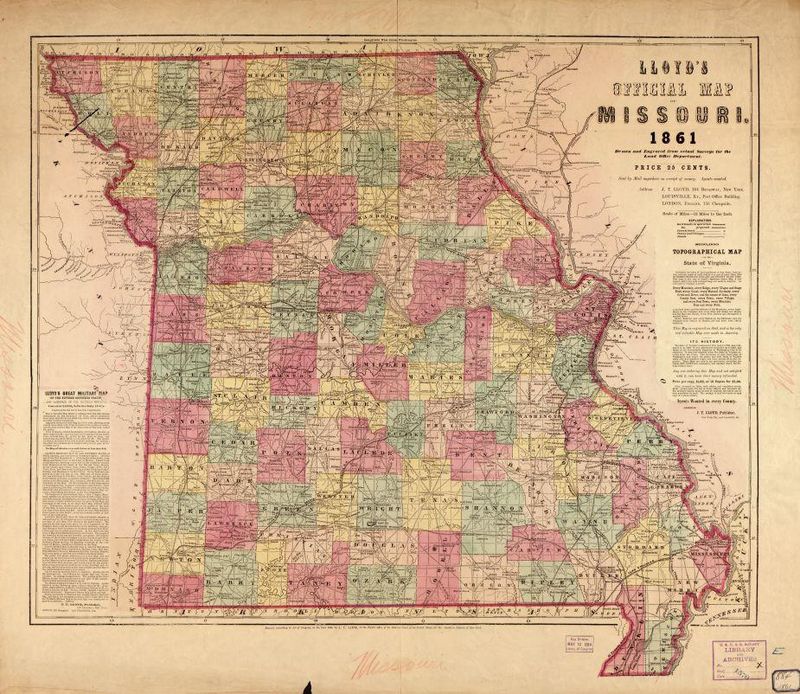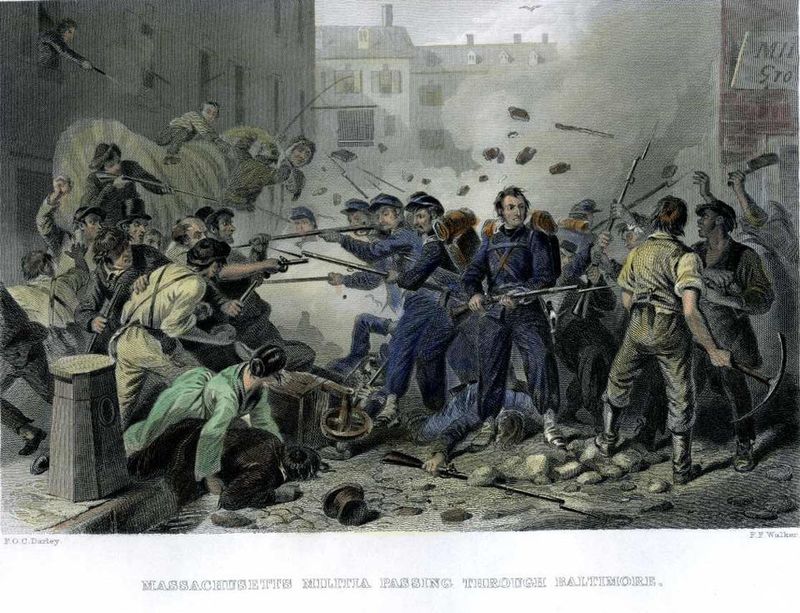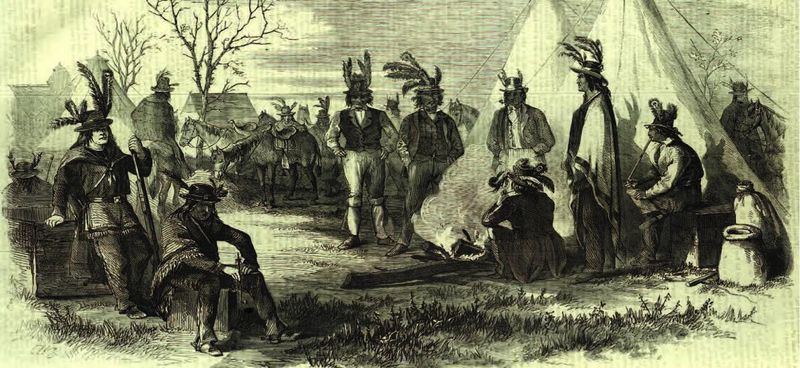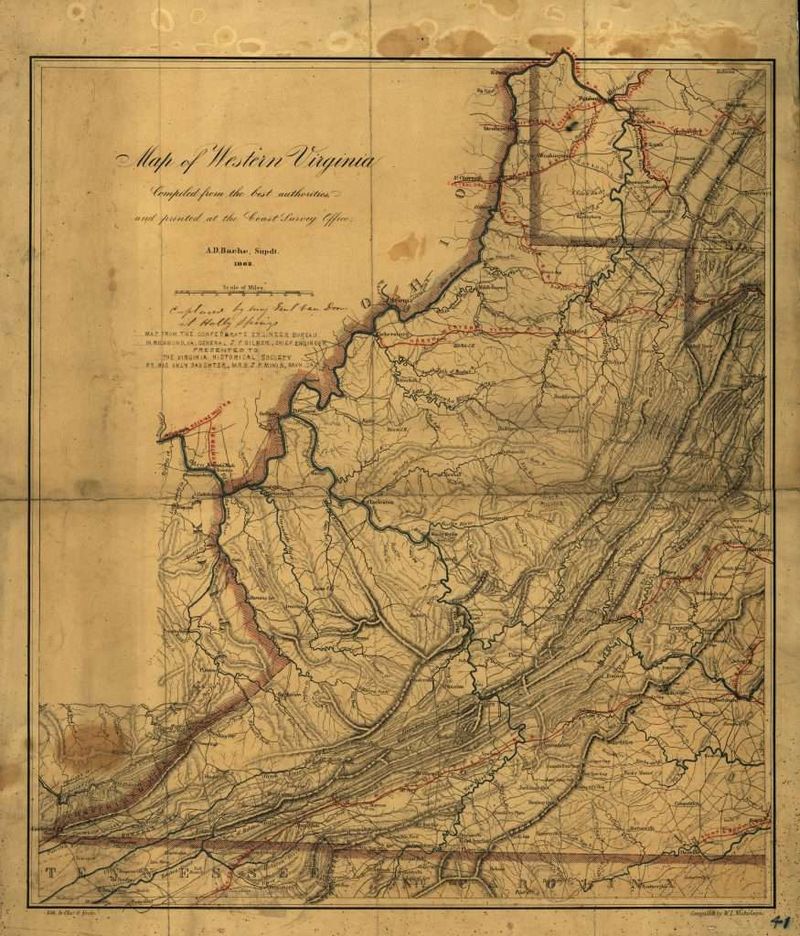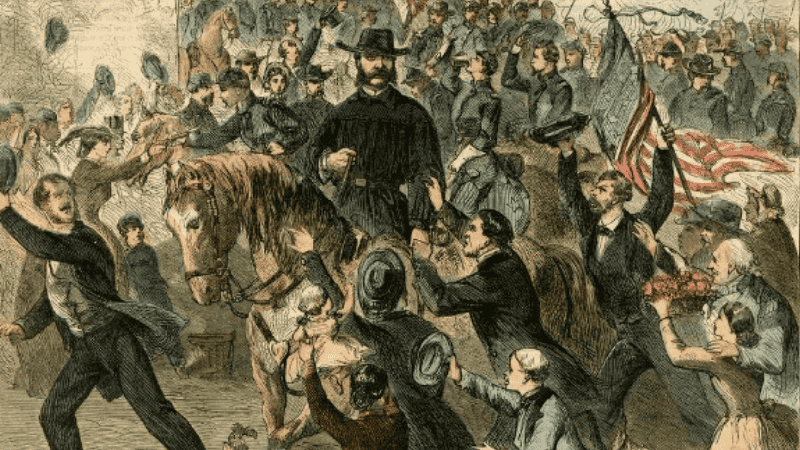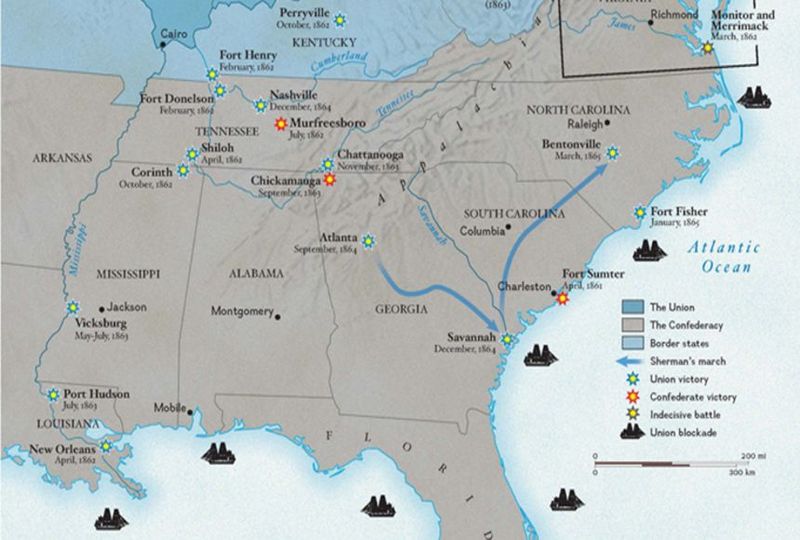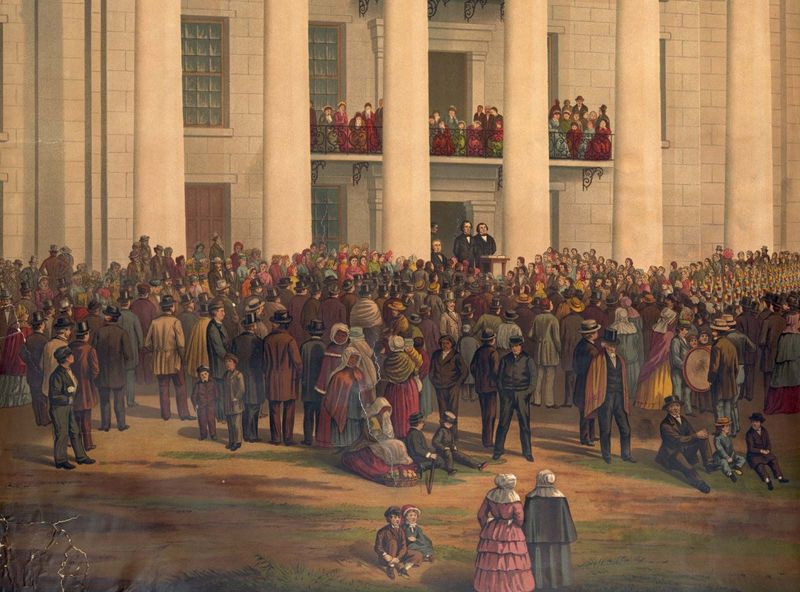When the Civil War erupted in 1861, the United States shattered along ideological lines—but not cleanly. Some states sat on the fence, caught between Union loyalty and Confederate sympathy. These border states held the power to tip the balance—and their refusal to secede may have saved the Union itself. Here’s why these pivotal states stayed, and how they altered the course of American history forever.
1. Kentucky: Declared Neutral—But Lincoln Made It Personal
Kentucky tried to stay out of the war altogether, declaring itself neutral. Its location along the Ohio River made it a strategic prize. President Lincoln famously remarked, “I think to lose Kentucky is nearly the same as to lose the whole game.” Union forces worked quietly to bolster pro-Union support. When Confederate troops invaded, Kentucky’s neutrality crumbled. The Union gained control, denying the Confederacy a crucial border. Kentucky’s decision preserved the balance and showcased Lincoln’s strategic acumen. This border state’s loyalty was a cornerstone in the Union’s eventual success.
2. Missouri: A Battlefield Within Itself
Missouri was a state torn in two. Though the governor allied with the Confederacy, Unionists quickly moved to block secession. A fierce internal struggle ensued, marked by guerrilla warfare. Confederate sympathizers attempted to create a shadow government, but Union forces held ground. Missouri’s rivers, railroads, and arsenals were invaluable to the Union’s cause. The state exemplified the complex struggle of the Civil War’s border regions. Missouri’s divided stance and eventual Union alignment played a crucial role in the North’s strategic plans.
3. Maryland: The State Lincoln Couldn’t Afford to Lose
Maryland was indispensable to the Union. If it seceded, Washington, D.C. would be encircled by Confederate states. Lincoln acted decisively, suspending habeas corpus and arresting pro-secession legislators. Federal troops swiftly entered Baltimore, ensuring Maryland’s loyalty. Though controversial, these actions secured the Union’s capital. Maryland’s strategic choice showcased the tenuous nature of border state allegiance. The state’s commitment was vital to the Union’s stability and highlighted Lincoln’s determination to preserve the nation’s integrity at any cost.
4. Delaware: Loyal, Quietly
Delaware was a slave state with little appetite for rebellion. Its economic connections to the North and modest slaveholding numbers fostered loyalty. While Delaware consistently voted against abolition, it never seriously entertained secession. The state quietly supported the Union cause, often overshadowed by more tumultuous regions. Its steadfast position exemplified how economic interests could outweigh ideological divides. Delaware’s quiet loyalty contributed to the Union’s cohesion, even if it didn’t grab headlines. This steadfast support played a subtle yet vital role in the Northern war effort.
5. West Virginia: Born from Rebellion Against Rebellion
In an unexpected twist, West Virginia was born from a rebellion within a rebellion. Western Virginians resented the secessionist elite dominating the east. When Virginia joined the Confederacy, these Appalachian counties broke away, forming their own government with federal support. By 1863, West Virginia was officially a state. This unique defiance of secession marked a rare internal rejection of Confederate ideals. West Virginia’s creation was a symbol of Union tenacity, highlighting the complex dynamics of loyalty and identity in a fractured nation.
6. Tennessee (Honorable Mention): Seceded, But Not Wholeheartedly
Though Tennessee seceded, its eastern region stood firm in pro-Union sentiment. East Tennessee even considered seceding from Tennessee itself. Thousands from this region joined the Union Army, providing a strategic base for operations in the South. This internal division illustrated the fractured nature of allegiance in border states. Despite being part of the Confederacy, East Tennessee’s support for the Union underscored the complex realities of the Civil War. Its unique stance significantly aided Union strategies and highlighted regional differences within a single state.
7. Why It Mattered: The Union’s Survival May Have Depended on Them
The loyalty of these states was not just symbolic; it was strategic. They held key rivers, rail lines, and industrial hubs critical to the North’s war effort. Without them, the Union’s resources and troop movements would have faced severe limitations. These states also shaped Lincoln’s political and moral rhetoric, focusing on preserving the Union. Their decision to stay was pivotal, influencing not just military strategies but the ideological battlefronts of the Civil War. The delicate balance of these states underscored the precarious nature of the Union’s survival.
8. Final Thought: History Hinged on a Razor’s Edge
The Civil War’s narrative was far from a simple North versus South dichotomy. The loyalty of border states like Kentucky, Missouri, and Maryland was uncertain and fiercely contested. Their decisions to stay in the Union, through diplomacy, force, or internal rebellion, preserved the nation. These choices were critical in maintaining the fragile unity of the United States. The war’s outcome hinged on these crucial decisions, illustrating how close the Union came to dissolution. The history of the United States was fundamentally shaped by the precarious balance of these states.
